
"Sustainable Packaging Material : Guide to Eco-Friendly Packaging" Using sustainable packaging material can reduce costs and lessen carbon footprint. As a printing and packaging company, Kinghome has over 30-year experience in producing packaging. Aware of the pollution closely connected to packaging industry, we are committed to contributing to the industry and developing many more sustainable packaging material alternatives.
FSC
We joined FSC (Forest Stewardship Council), a global NPO dedicated to the promotion of responsible forest management worldwide. When seeing products labelled with FSC trademarks, it ensures products come from responsibly managed forests. In addition, it guarantees the sources of the raw material are reliable, sustainable, and well-controlled. According to the different sources of raw materials, FSC labels can be divided into three types: 
Wood within the product comes entirely from FSC-certified, well-managed forests.

All the wood or paper in the product comes from reclaimed or re-used material.

Wood within the product comes from FSC-certified forests, recycled material, or controlled wood.
Recycled Packaging Material
1. Recycled paper:There are different types of recycled paper:
|
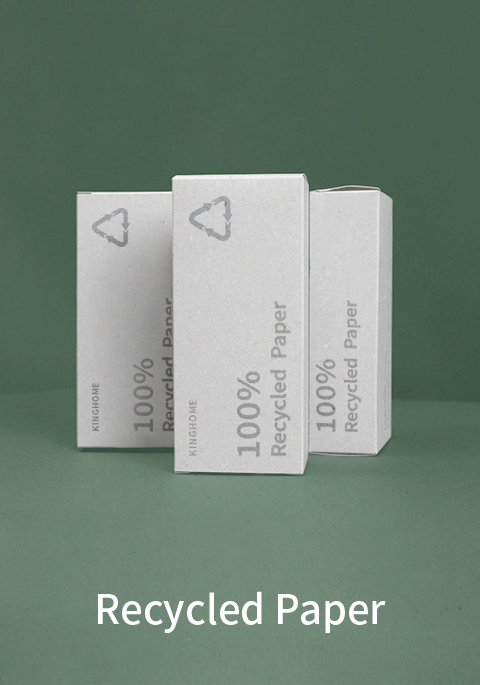 |
2. Recycled Plastic:With the commitment to sustainability, we provide both post-production and post-consumer sustainable packaging materials.
|
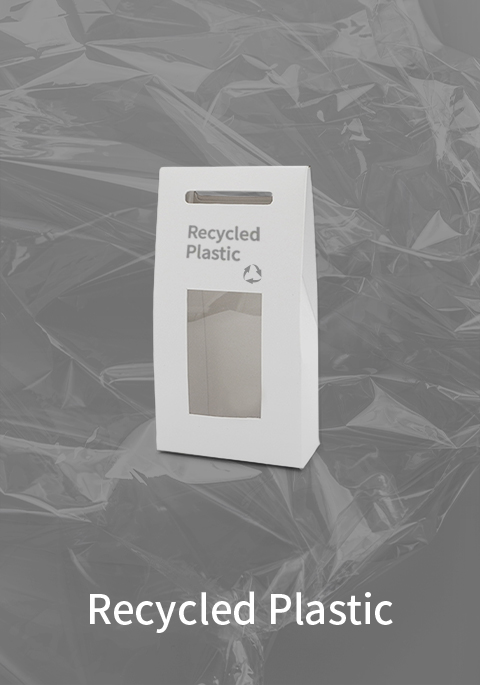 |
Kraft Paper
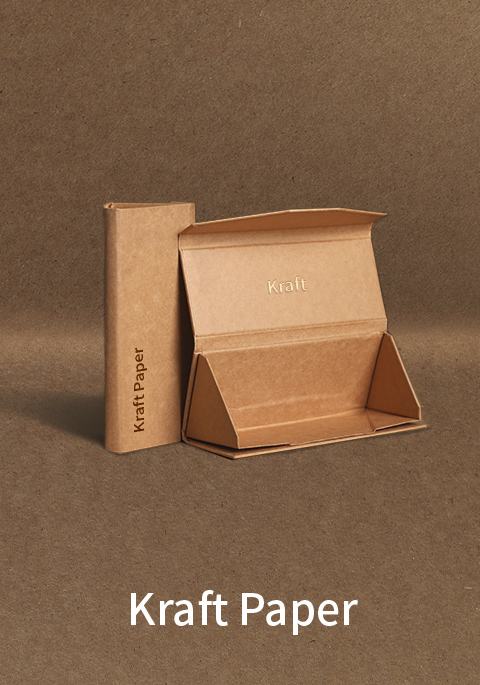 The second sustainable packaging material is Kraft paper. Kraft paper is considered a sustainable material due to its much eco-friendlier production process. Kraft paper is seldom extensively bleached, which decreases the paper's strength. This also requires fewer bleaching chemicals involved throughout the whole production. What's best, one of the major benefits of kraft pulping is that roughly 90% of the pulping chemicals can be recovered and reused in an economical manner. This makes the process more sustainable and generates the minimum environmental impact.
The second sustainable packaging material is Kraft paper. Kraft paper is considered a sustainable material due to its much eco-friendlier production process. Kraft paper is seldom extensively bleached, which decreases the paper's strength. This also requires fewer bleaching chemicals involved throughout the whole production. What's best, one of the major benefits of kraft pulping is that roughly 90% of the pulping chemicals can be recovered and reused in an economical manner. This makes the process more sustainable and generates the minimum environmental impact.
Bamboo Paper
| Compared with forests, bamboo grows fast and can be more efficient at sequester carbon dioxide. As more people seek more sustainable everyday products, the emergence of bamboo paper may provide an opportunity to assist with our remaining forests and reduce the catastrophic environmental effects of deforestation. Bamboo paper has a rough and matte texture, making it ideal for printed packaging for high-priced products as well as those with natural brand images. Many Kinghome customers have created a line of bamboo products such as makeup brushes and hair brushes. Bamboo packaging is appropriate for bamboo products because it matches the products brilliantly to the brand images. | 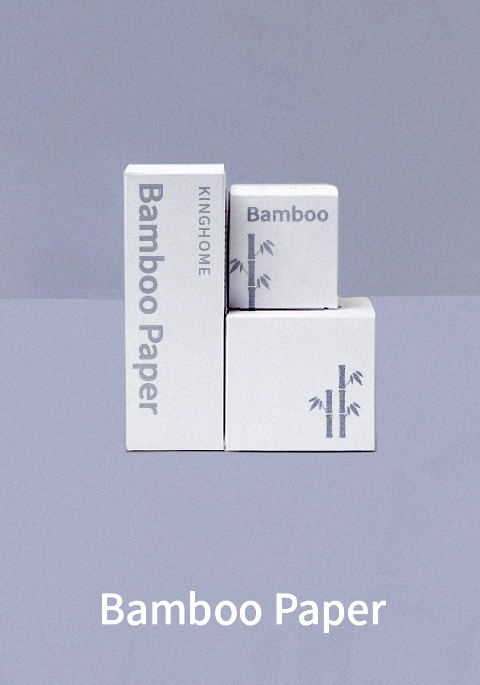 |
Similar to Bamboo, sugarcane is excellent resource for the production of paper products. Here are five reasons why sugarcan makes great paper. #1. Soft – Sugarcane fibers used to make paper produce a very soft paper which is a lot softer than most recycled paper products. # 2. Strong –Sugarcane fibers are very strong and therefore produce strong paper products. #3. Biodegradable – Sugarcane fibers quickly dissolve back into the earth so it’s safe for all disposal systems. #4. Rapidly Renewable and Sustainable – Sugarcane and bamboo are grasses, not hardwoods and are some of the fastest growing grasses on earth. The average bamboo plant can grow up to 24 inches a day. Due to bamboo’s deep root system, replanting is not necessary. Once bamboo is cut, the stem is left and the bamboo can grow back in 3-4 months! #5. Virgin Fibers – Sugarcane are virgin fibers so they don’t require heavy bleaching of inks and dyes as in recycled paper products.Sugarcane Paper
Seaweed Packaging
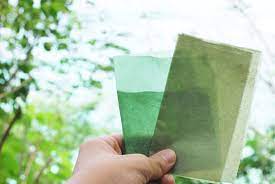 The last sustainable packaging material is “Seaweed Packaging”. Edible packaging hasn’t yet made it to mass manufacturing. The front-runner in edible packaging materials is seaweed. It’s naturally high in fibre and vitamins, and can be turned into packaging without the need for chemicals. As seaweed is biodegradable, even if the packaging ends up in landfill or the sea it will break down without any damaging consequences. What’s more, seaweed doesn’t need water, fertilisers or other key resources to grow, and absorbs CO2 as it does. See more Eco-friendly Packaging
The last sustainable packaging material is “Seaweed Packaging”. Edible packaging hasn’t yet made it to mass manufacturing. The front-runner in edible packaging materials is seaweed. It’s naturally high in fibre and vitamins, and can be turned into packaging without the need for chemicals. As seaweed is biodegradable, even if the packaging ends up in landfill or the sea it will break down without any damaging consequences. What’s more, seaweed doesn’t need water, fertilisers or other key resources to grow, and absorbs CO2 as it does. See more Eco-friendly Packaging
[wpforms id="92"]